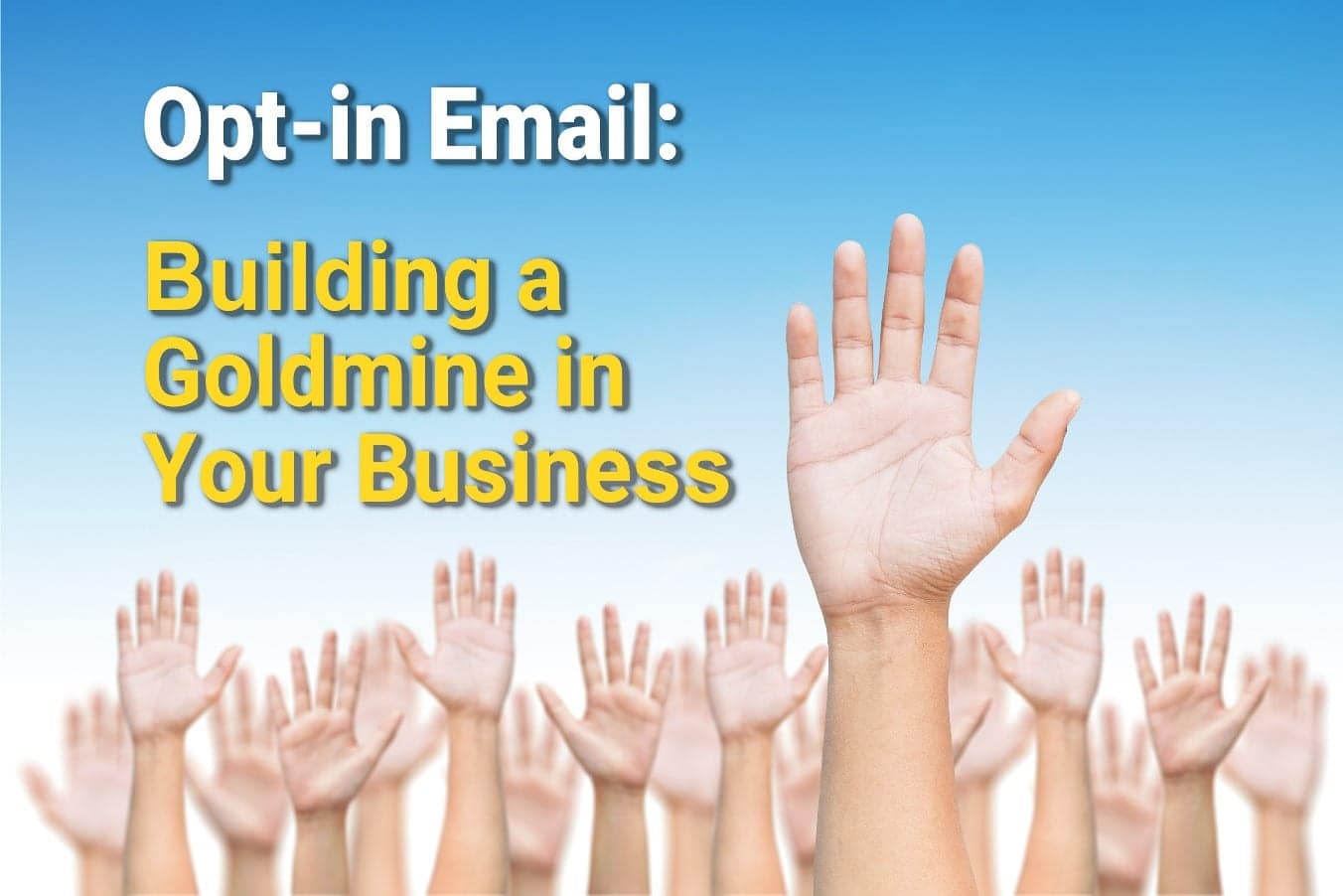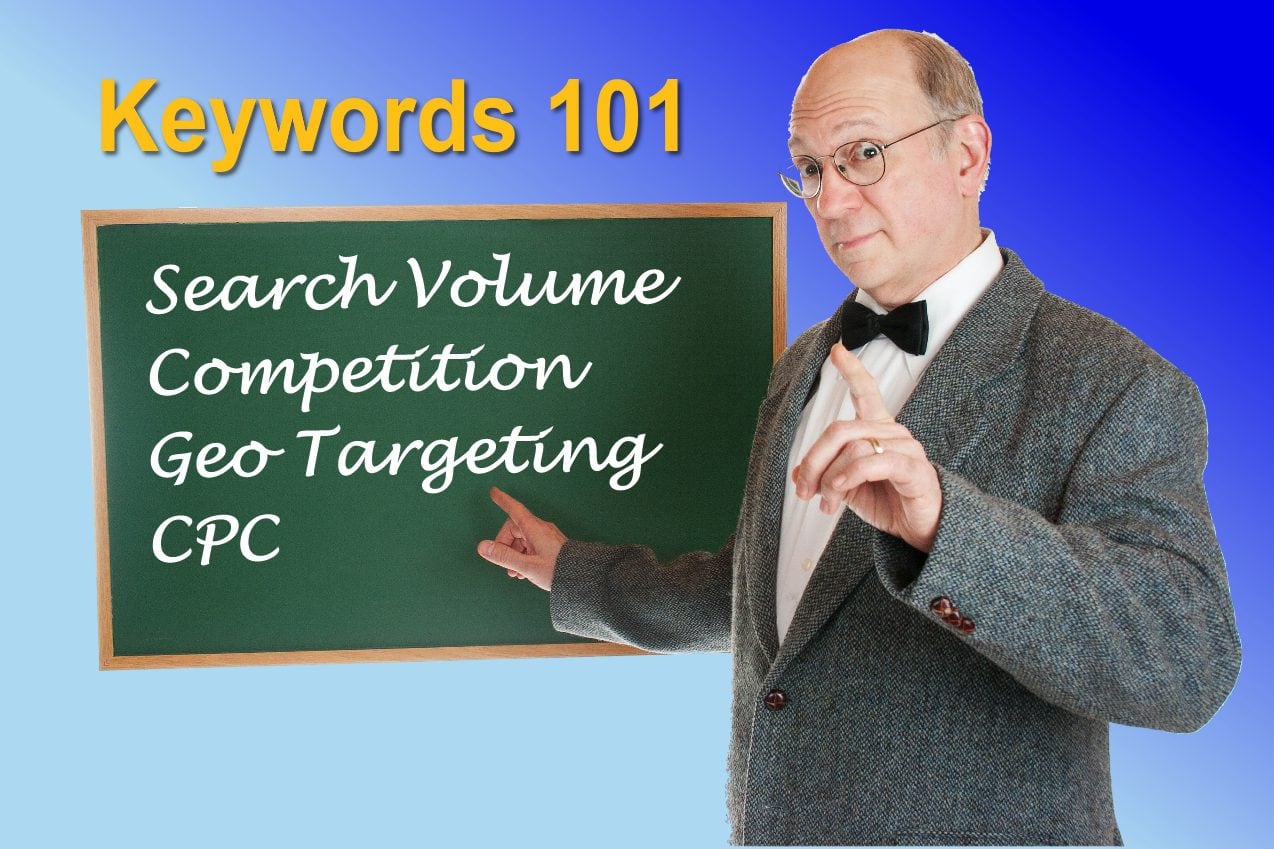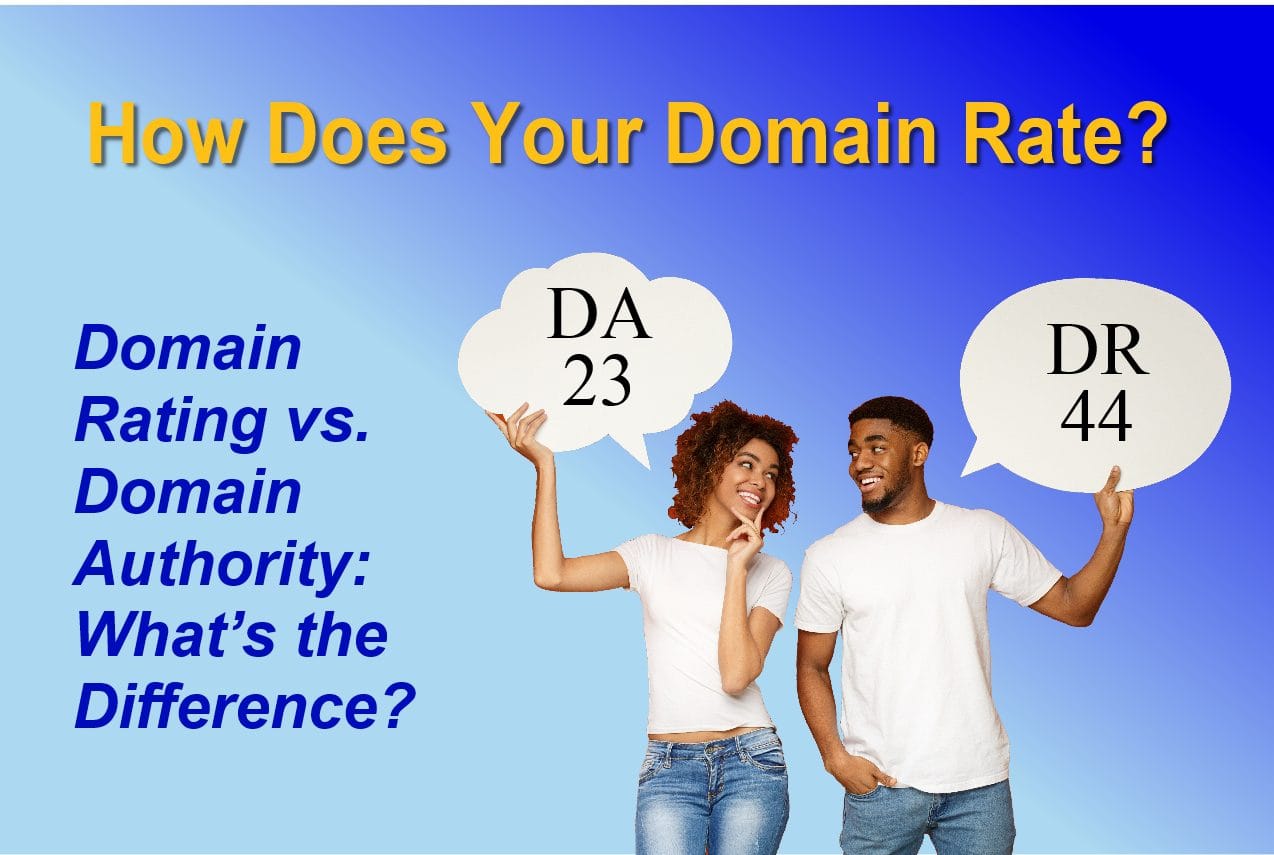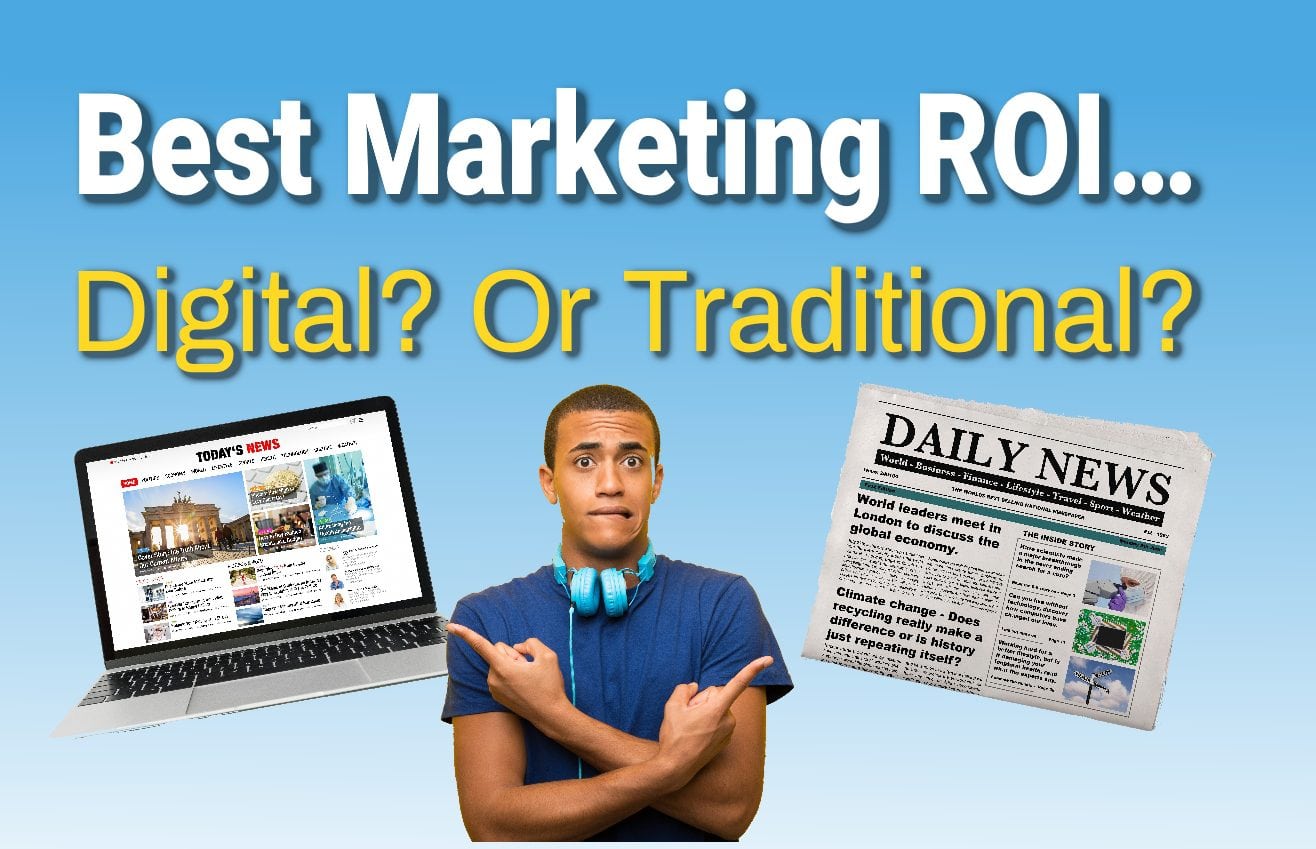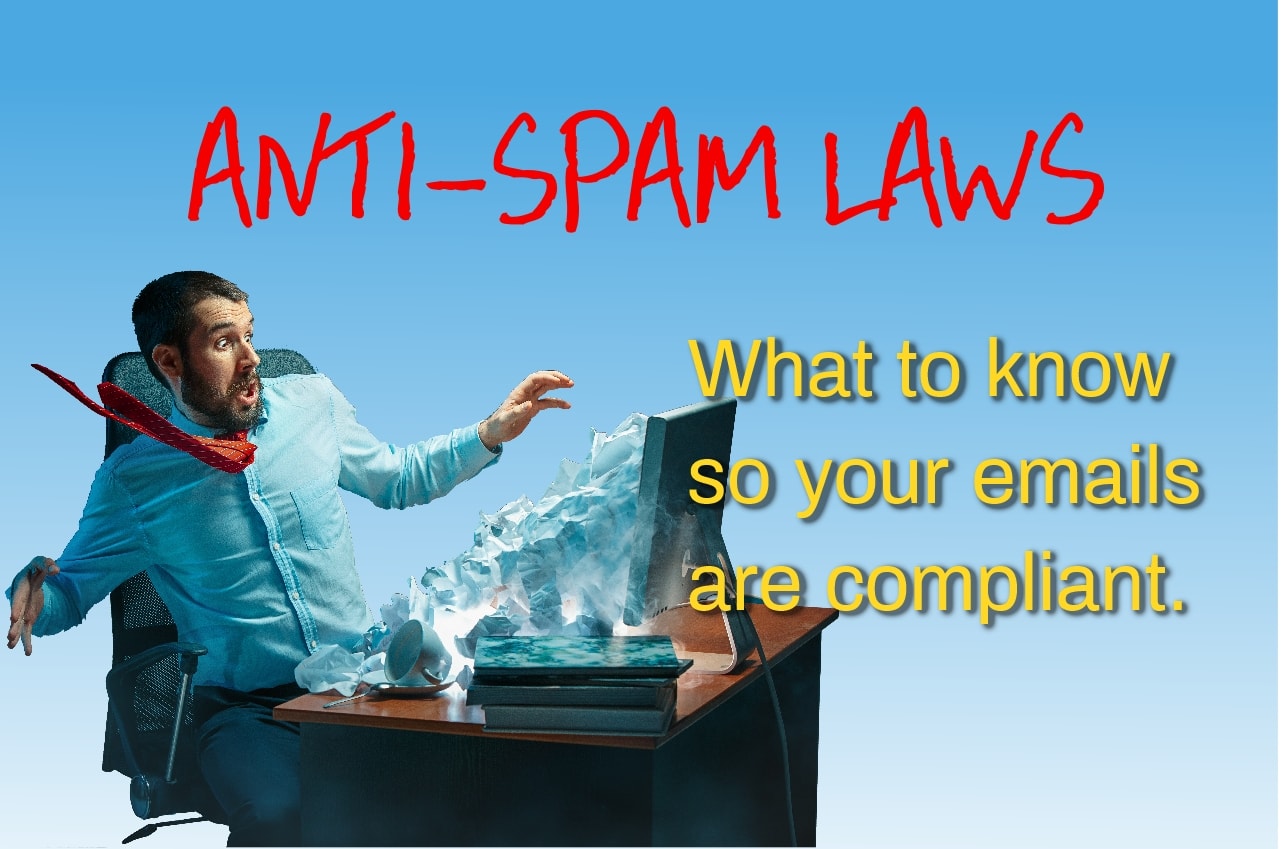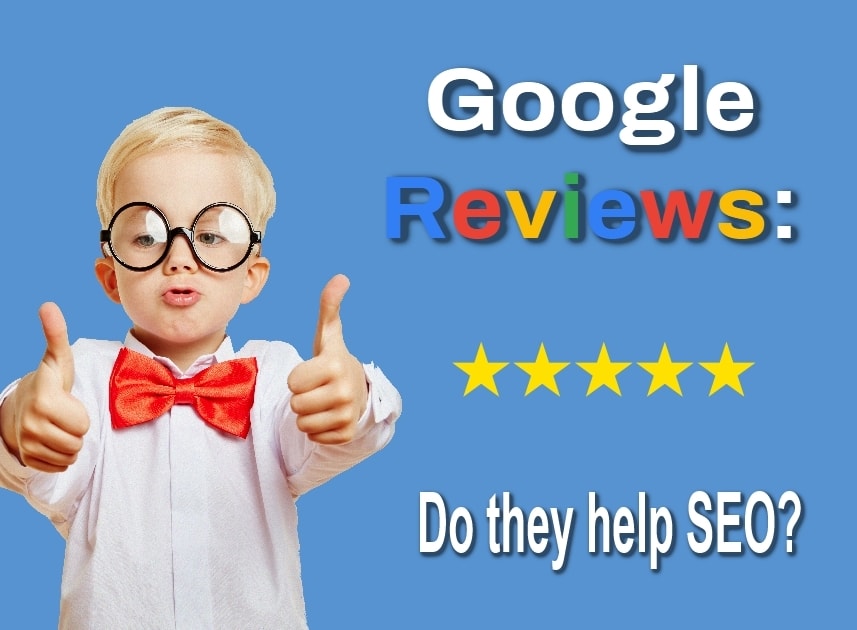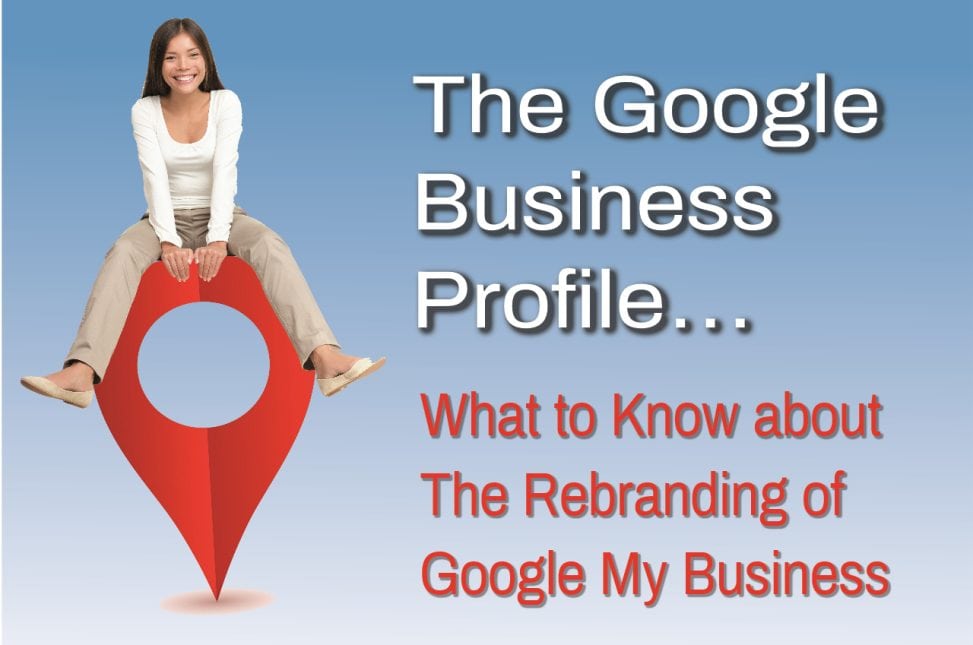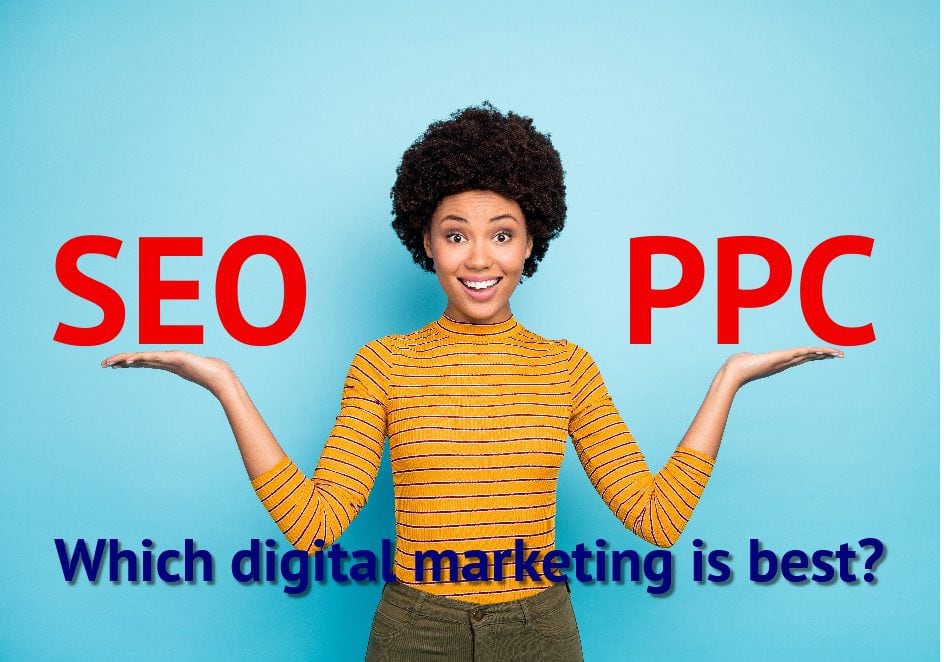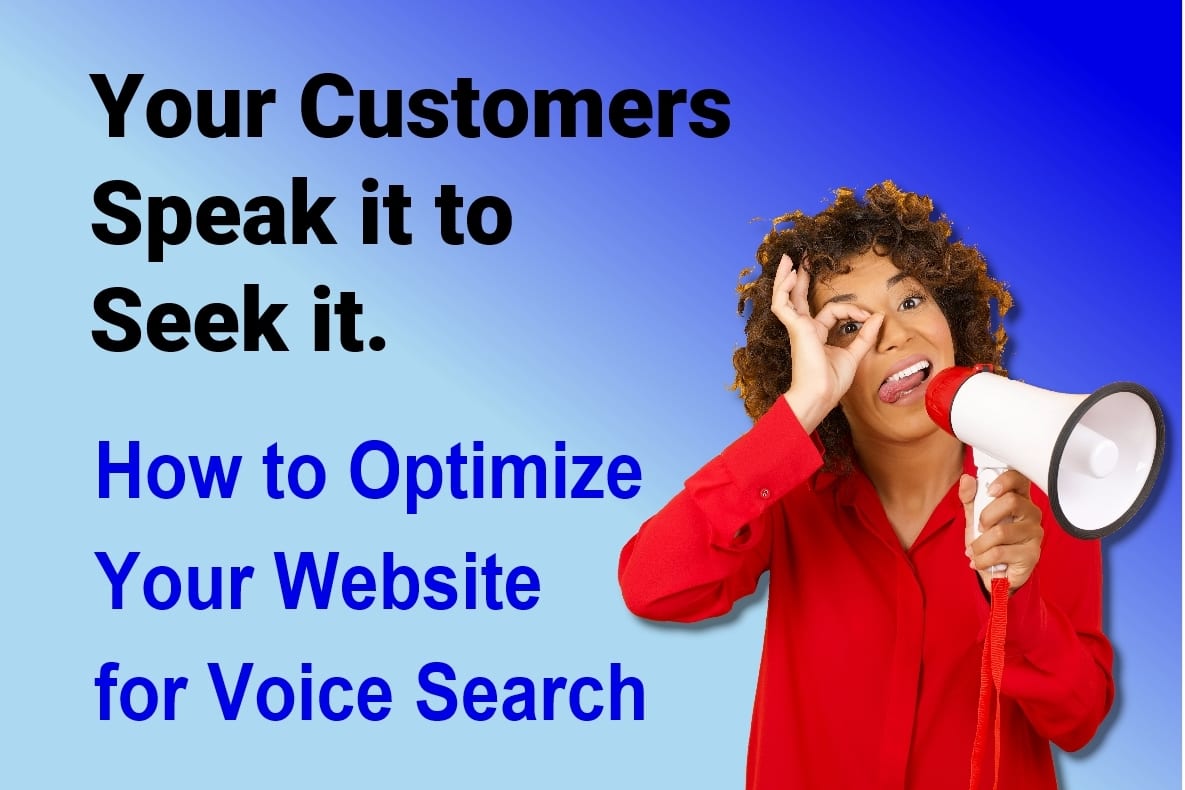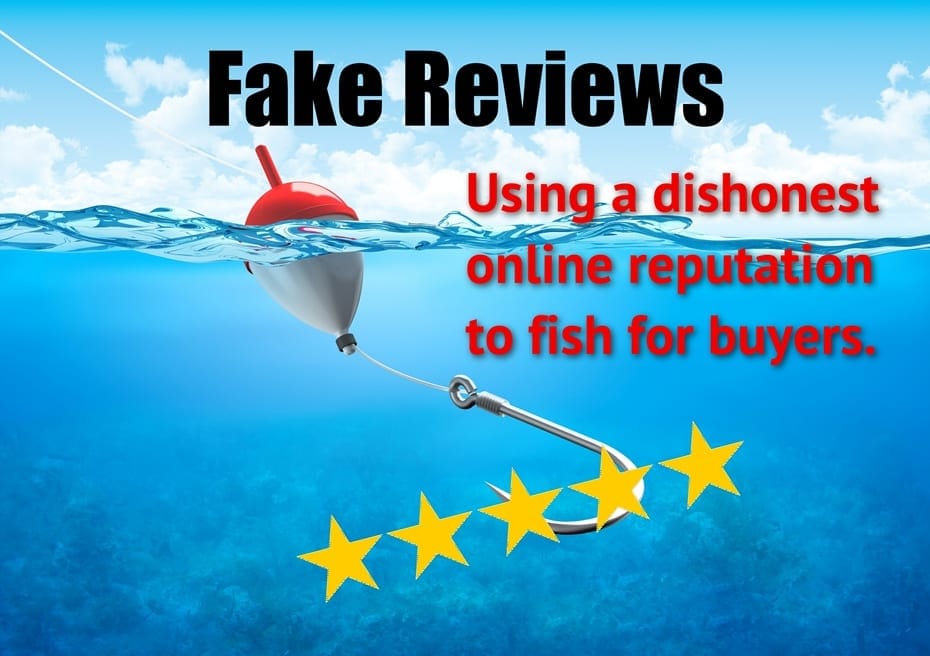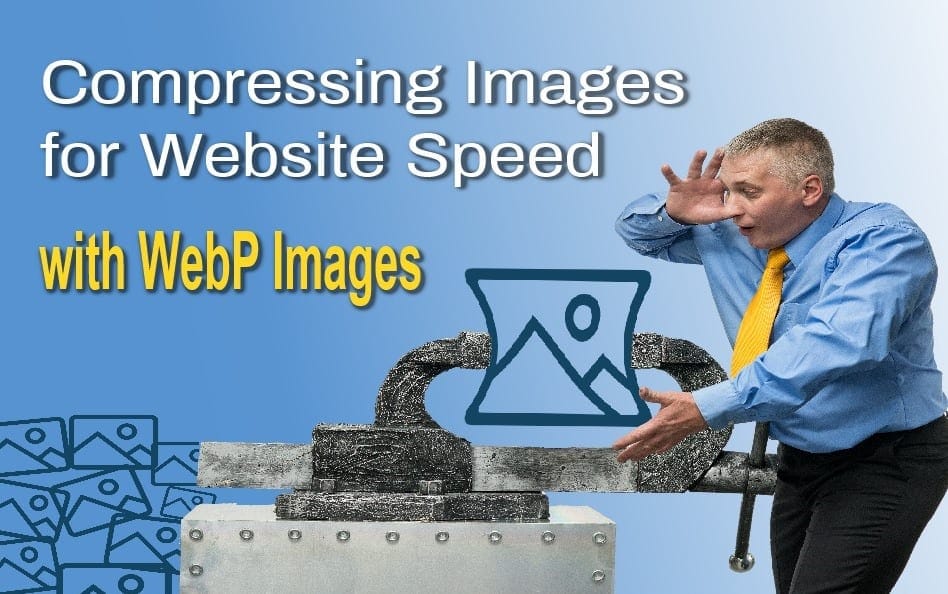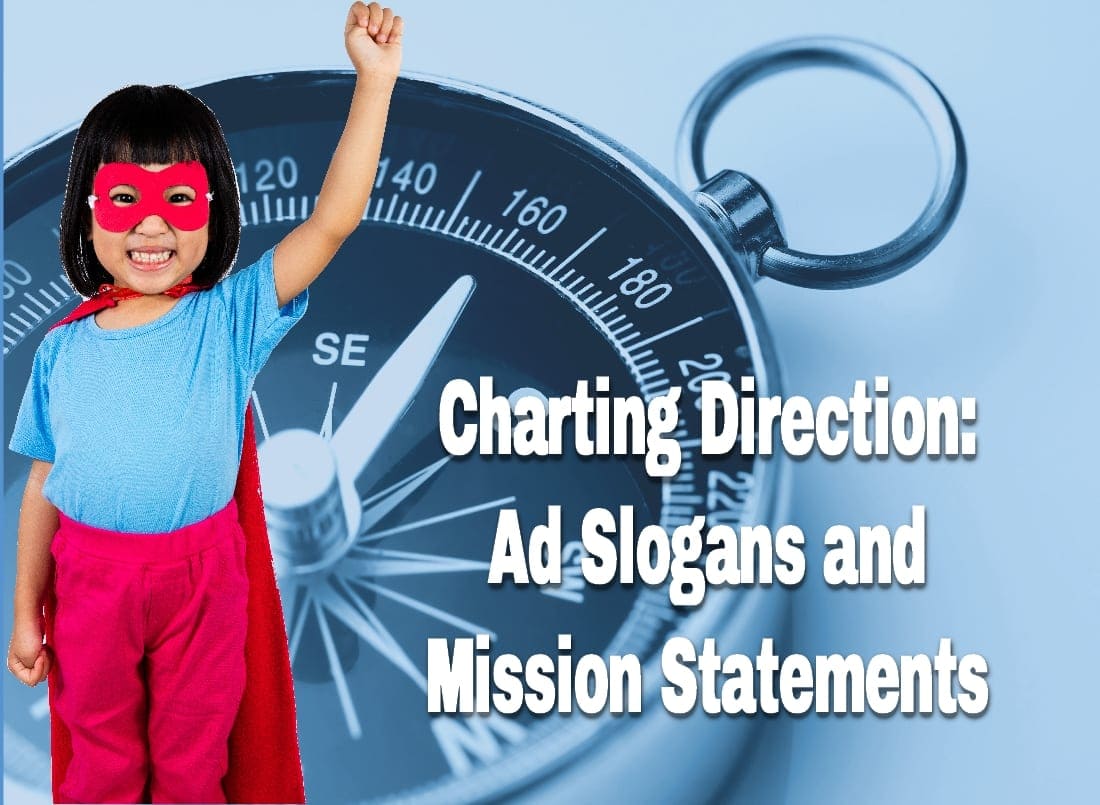Opt-In Email Lists: Building a Goldmine in Your Business
If a popularity contest were held today, opt-in email lists would surely lose to Search Engine Optimization (SEO).
Most people think of search and rarely consider opt-in email as their go-to marketing channel.
When it comes to online marketing, SEO remains the go-to channel for most marketers — and for good reasons. SEO, when done right, can provide one of the best returns on a business’s marketing spend.
Note that we said “one of the best,” because opt-in email often provides an even bigger bang for the marketer’s buck search.
What is Opt-in Email?
As the name implies, an opt-in email list consists of prospects and customers who have willingly subscribed (or opted in) to receive email from you. This includes your email newsletters, promotional materials, nurturing email campaigns, blog posts or other forms of digital communication.
By choosing to build an opt-in email list, you ensure that you only communicate with people who are actually interested in what you have to offer. This gives you a list of highly engaged prospects or leads, and maximizes your conversions.
How Opt-in Lists Work with SEO
One of the reasons why SEO works so well is because your site visitors have expressed interest in what you are trying to sell by actively searching for your product or service online. They found you because your site content ranked for a keyword they entered in their search, and they clicked your link.
Opt-in email lists take that one step further. They allow you to send marketing material to prospects who have not only expressed interest in what you are trying to sell, but also in your business. This helps you keep your business alive in the minds of your real prospective customers.
What’s more, you can also segment your email list into different groups of customers (e.g., first-time customers and recurring customers) to tailor your digital communication and maximize your marketing returns.
How to Succeed at Opt-in Email Marketing
To get the most out of your opt-in email marketing, you need to offer value and entice people to sign up for the list. Here are a few ways you can do that:

Without this, you cannot expect them to opt into your email list. So, make sure you have something in your bag to use as bait for subscribers. Incentives can include the following:
- Free consultations
- Free assessments
- Newsletter or “tips” emails
- Alerts about sales or new products
- Blog post notifications
- Access to valued articles or other content
- Free reports
- Checklists
- Product, brand or provider comparisons
- E-Book
Segment your Offers. Remember that not every segment of your audience will be interested in the same lead magnet, so make sure you don’t create a lead magnet about something general. Offer each segment of your audience something they will find of value.
Don’t Ask for Too Much Info. Not everyone will be willing to fill out a long form in exchange for something of value. So, make sure you keep the opt-in form short, and ask only for their email address and perhaps their name.
Keep Timing in Mind. Prospective buyers respond to different offers based on where they are on the shopping timeline.
If they are just beginning their search, they are more likely to respond to low-risk offers—like providing their name and email address.
But, when closer to purchasing, they might be more apt to provide more information and get on the phone with a salesperson.

Make it visible. You can use design elements like directional cues, floating bars, slide-ins, pop-ups or animated effects to grab attention and point to the offer.
Liven up Your Subscribe Buttons. Make sure your email opt-in button is visually impactful and tells your audience the significance of signing up. “Sign up for daily discounts” sounds a lot better than the basic “Sign up here,” doesn’t it?
Once the opt-in mail campaign starts, you should put an easy way (preferably a link to an online form or a check box) for users to unsubscribe from your campaign at any time. This option must be included in every opt-in mail the user receives in the future.
Opt-in vs. Purchased Email Lists
Opt-in email could not be more different from its distant cousin, a purchased email list. The latter are available for purchase by various sellers, either strictly as email contacts or as part of more general contact information, such as name, phone, address, company name, etc.
I do not recommend using these lists for mass emailing. Here are some of the reasons:
- These lists are associated with a high likelihood of being filtered out or tagged as spam. This means that the sender’s domain and/or IP address may get blacklisted, which is a major red flag for Internet service providers.
- Emailing to purchased email lists violates terms of service with reputable email management platforms. Constant Contact, Mailchimp, etc. do not allow this practice for good reason, since it adversely affects deliverability and can have other negative impact.
- Mass emails may make it to some in boxes, but there is no relationship between the sender and the recipient. Familiarity and trust do not play a role. That is not good for conversion–even if the email gets opened and read.
- Mass email can create a negative perception about the sender in the mind of the receiver. Spammers are rarely held in high regard by educated buyers, especially those who understand that the practice negatively impacts email communications.
The exception would be using purchased lists for individual (one by one), customized email contact. This can be effective to precede or, better yet, to follow other contact, such as a phone call or postal mail. Even then, the goal should be early conversion of recipients into the opt-in list.
Opt-in email lists can help you maximize the returns on your marketing spend. That’s why many experts consider these lists to be one of the most valuable assets of a business.

